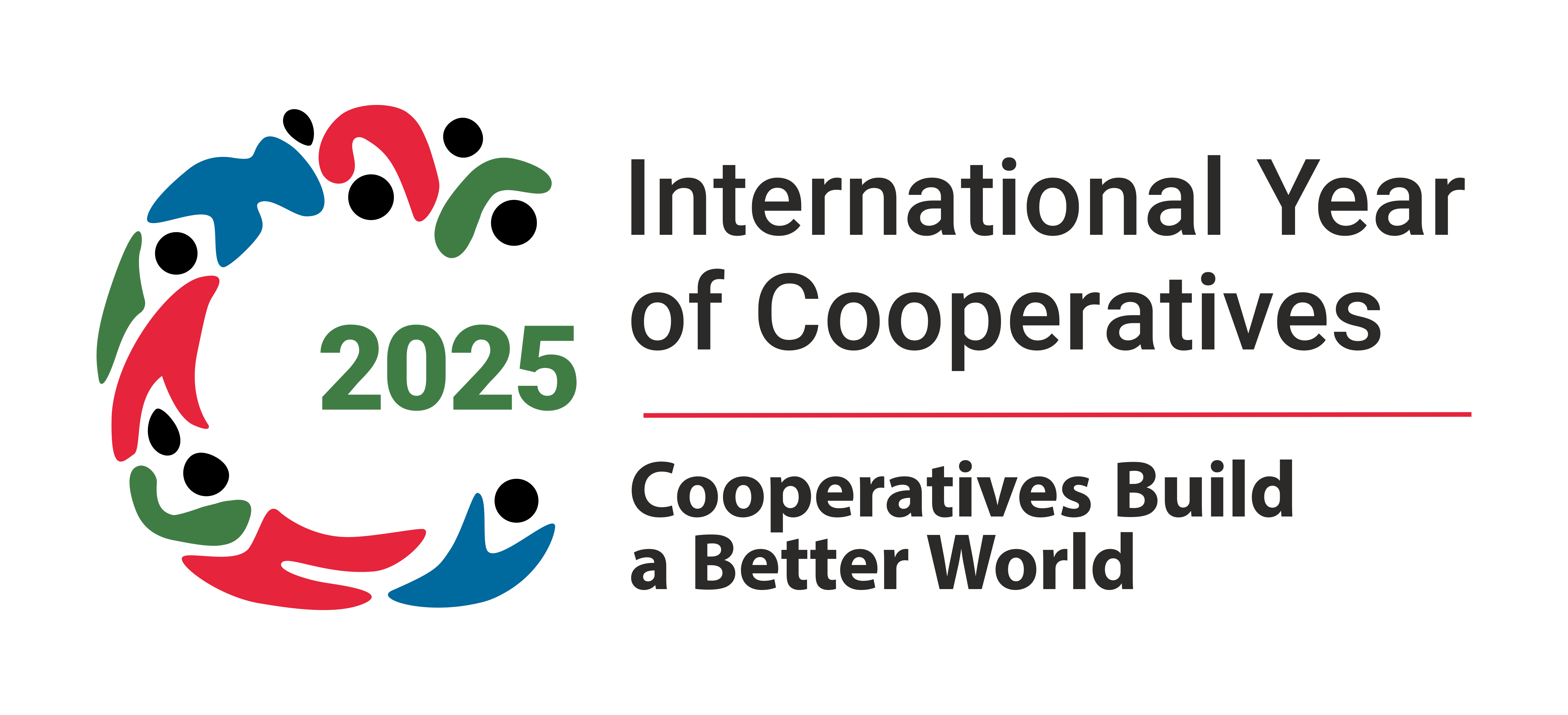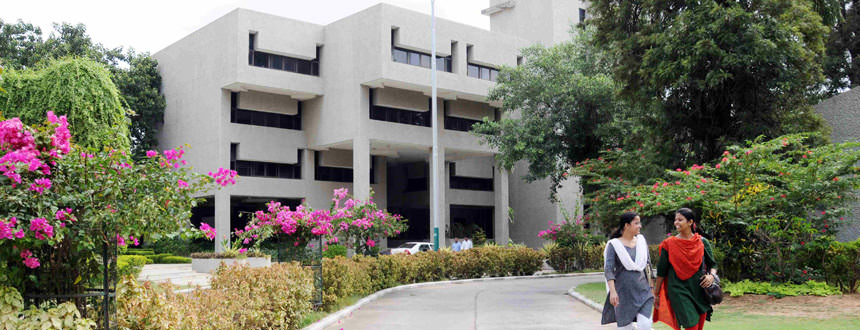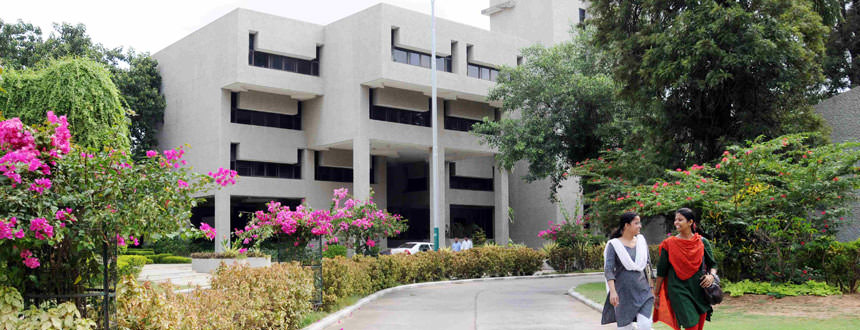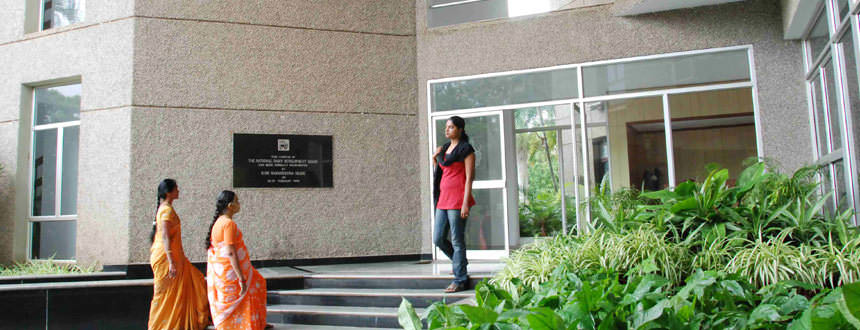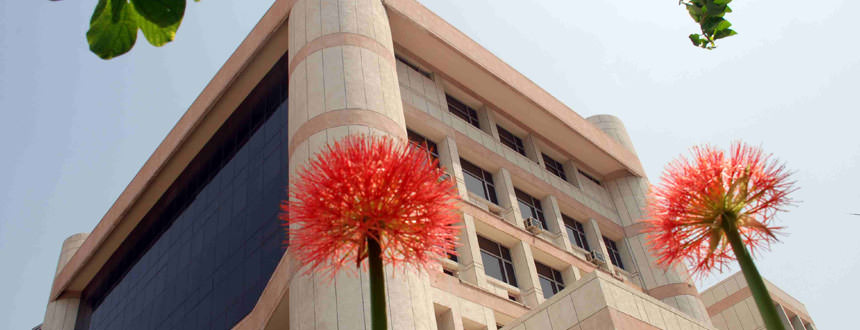Welcome Address by Shri Dilip Rath, Chairman, NDDB at National Seminar on Aflatoxin: Strategies for Reduction and Finding Solutions - 28th February, 2019, Anand
Good morning.
I welcome all the participants at the “National Seminar on Aflatoxin: Strategies for Reduction and Finding Solutions”. I especially welcome Ms. Rita Teaotia, Chairperson, FSSAI who has kindly agreed to our request to grace this occasion as the Chief Guest.
As all of you are aware, this Seminar has been organised following the recent findings from the National Milk Survey carried out by FSSAI, according to which about 10 per cent of all samples were found to be unsafe and 6 per cent of the samples were found to contain aflatoxin above the permissible limits. You all know that aflatoxin in milk, which primarily comes from feed, is of great public health concern due to its carcinogenic properties.
As soon as the findings came to our notice, we thought that we should organise a seminar in which dairy cooperatives being responsible organisations with the mandate to provide livelihood support to their farmer members as well as make available safe and quality milk to the consumers, should work out an actionable roadmap to control aflatoxin in milk.
Unfortunately, consumer confidence in the quality and safety of milk has been shaken due to reports of large scale adulteration of milk and milk products in the country. Public perception has been reinforced by the findings from periodic inspections and testing of milk samples by food authorities. The recent National Milk Survey undertaken by FSSAI in 2018 has revealed that almost 10 per cent of all the samples were found to be unsafe for human consumption due to presence of contaminants like aflatoxin, antibiotics and pesticide residues.
As you are aware, NDDB in association with dairy cooperatives is promoting the use of ethno veterinary medicine to reduce the use of antibiotics, with the objective to reduce incidence of Antimicrobial Resistance in milk; and is promoting and propagating the use of bio pesticides and fertilisers to reduce the incidence of pesticides in milk which comes through feed and fodder.
Today’s Seminar will focus on the issue of aflatoxin in milk, the causes for the same and ways and means to control aflatoxin and bring it below the permissible limits. Today, consumers are well aware that aflatoxin contains carcinogenic properties and can cause major human health hazards. You also know that aflatoxin mainly comes through feed due to growth of a particular type of fungi which grows on grains and forage and can be passed on to milk. The findings of the survey have come as an early warning to all those in the business of milk. However, the good news is that the problem is restricted to a few pockets and some States and that aflatoxin can be controlled by adoption of suitable technologies and practices in handling storage and transportation of feed.
As you are aware, in our country, which is the largest milk producer in the world, most of the milk comes from smallholders who own two or three animals and primarily dependent on agricultural by-products and crop residues for feeding the animals. The level of awareness of these categories of farmers on the feed and fodder standards is very low. However, the cooperatives which represent them can build awareness and monitor the implementation of the required mechanisms and process to manage and administer feed to the animals.
As per NSSO survey report, the contribution of animal farming to total income of agricultural households grew three fold from 2003 to 2013. Considering the relatively higher growth of milk sector during the last 5 years, this contribution would have surely grown significantly. Considering the growing demand for milk in the country, this contribution is likely to grow in coming years, unless quality issues like aflatoxin puts a break on this.
Amongst the many challenges which our dairy sector faces today: like 1) low productivity of animals, 2) natural resource constraints, rising feed and fodder costs, 3) lack of access to organised market and institutional credit, 4) ageing process infrastructure etc., quality of milk and milk products is of prime concern from the perspective of consumers who are becoming increasingly health conscious.
In this Seminar we have with us experts from the feed industry, veterinary university, food safety standards and Export Inspection Council of India who will talk about various aspects of the issue of aflatoxin and the way in which it can be controlled. I am sure, Dairy Cooperatives will be able to put in place technologies and practices to reduce aflatoxin in milk and incorporate suitable modifications in feed processing, storage and transportation techniques as well as milk processing techniques. We need to quickly adopt these modifications before our increasingly health conscious consumers decide to move away from milk to alternative beverages thereby adversely affecting the livelihoods of millions of small milk producers. Besides, our efforts to boost our exports of milk products will not make much headway unless we are able to control aflatoxin. I look forward to your active participation and contribution so that at the end of the day we are able to draft an agreed action plan to minimise the risk of aflatoxin in milk.
I wish the Seminar every success.

